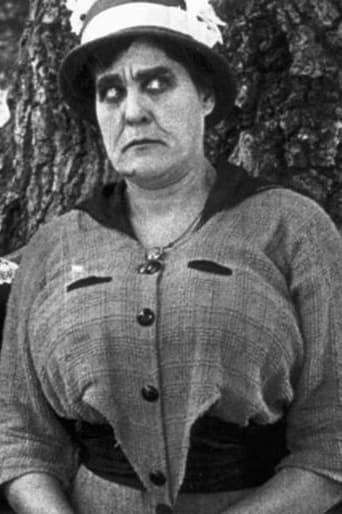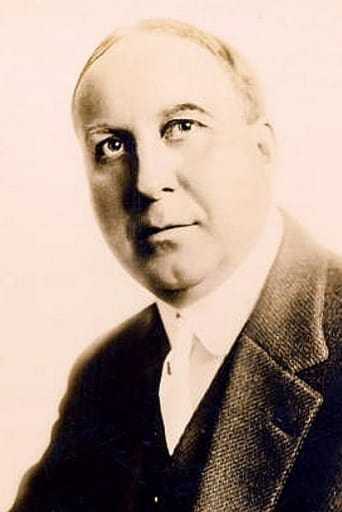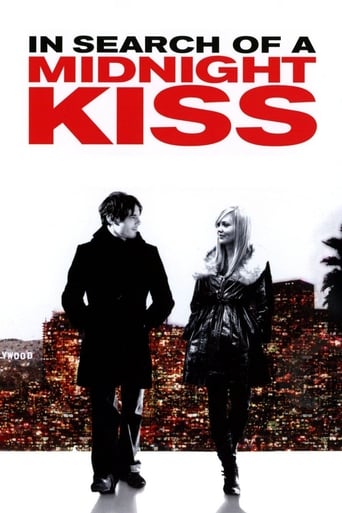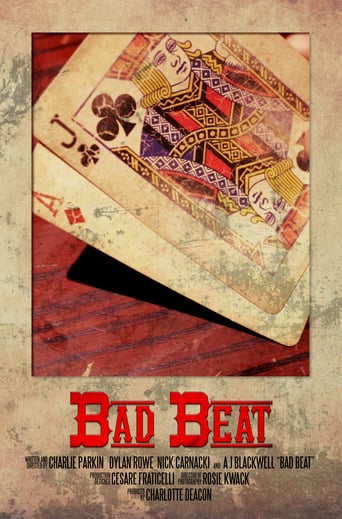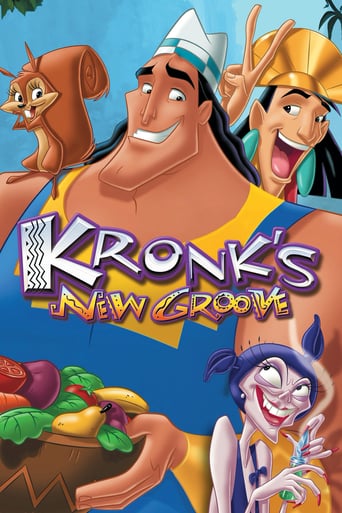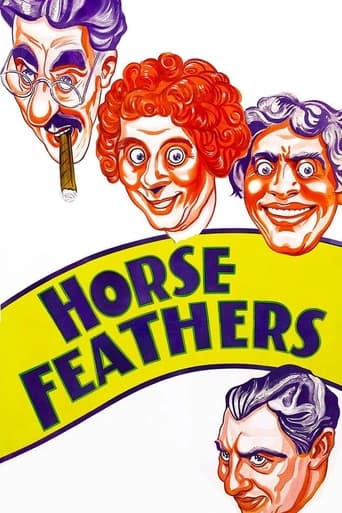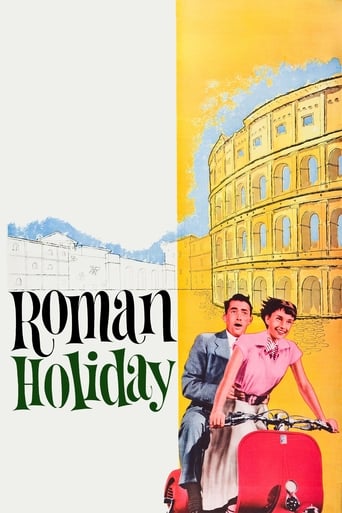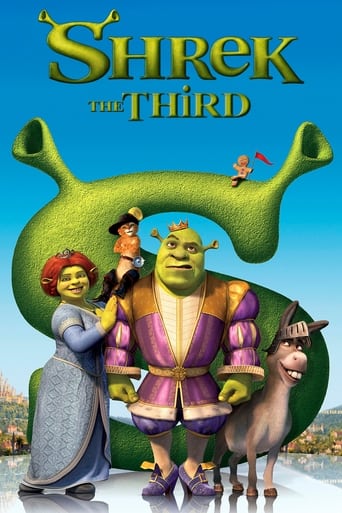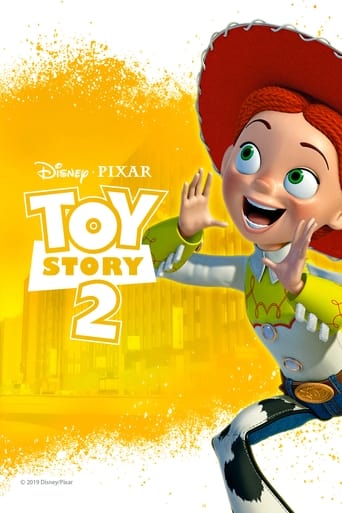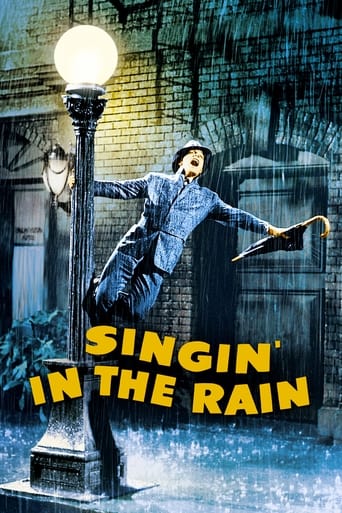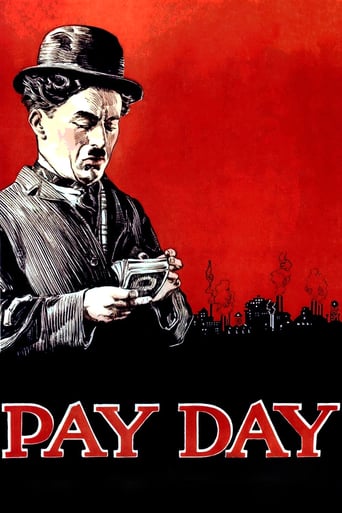

Pay Day (1922)
A bricklayer and his wife clash over his end-of-the-week partying.
Watch Trailer
Cast


Similar titles
Reviews
Chaplin's tramp has a job in this half hour short which comically depicts the plight of the era's laborer that has changed negligibly since. There is little plot to go around but plenty of perfected sight gags by the Silent master as he works and drinks with co-workers and fends off his shrewish rolling pin wielding wife who is intent on collecting his entire pay. The most deft comedy bits are on the job as he does amazing things with a lift as well as a scene grabbing bricks being tossed to him (albeit achieved by reversing the negative). The drinking with co-workers keeps the laughs going and continue through the final confrontation with the wife as Chaplin's uproarious balletic grace remains in fine form from start to finish.
Arriving late for work on the construction site is not a good idea when you're trying to earn enough money to keep some back from your domineering wife. That is just the situation our hero finds himself in though, but it doesn't stop him enough a drink or five from night through to early morning.An afternoon of Charlie Chaplin shorts and features was mine recently as I tried to catch up on some things I had not seen before. Pay Day was one of those short films and while being roundly good, it is still an affair of two halves. The first half has some great bits in it, the reverse filmed bricklaying sequence being my favourite but the service elevator stuff is as good but in different ways. The second half is nearly as good but is too dominated by the device of drunkenness for my liking. That said it does still have some laugh-out-loud moments in there but for sure the first half is the strongest.Chaplin delivers with strength as usual. Whether it be his work with his face or his ability to work in reverse on the brick sequence, he is quite brilliant and you can see here some of the reasons that his name is mentioned when discussing genius. The support cast is not as important here as in some other films, as Chaplin tends to play off things more than people here. Still, regulars Swain, Perviance, Bergman and others are all here.Overall then a generally funny and enjoyable short film with Chaplin on inventive good form even if the second half is not quite up to the level of the first.
This film has some highly imaginative and well-timed stunts--all revolving around Charlie's job at a construction site. All the near-falls and accidents remind me of Sweet Pea from POPEYE cartoons--as the baby is nearly killed again and again but miraculously escapes. In Chaplin's case, it involved a funny sequence when he ALMOST falls down an elevator many times, dropping objects accidentally on those below and a really interesting sight gag involving guys throwing bricks up to Charlie who catches this with complete ease (it was done by running the film backwards). Later, Charlie's hideous and scary wife is introduced and it goes from a work comedy to a domestic one. In a way, this was a minor disappointment, as I preferred the faster paced work stunts, but all-in-all this is a funny and well executed short.
"Pay Day" was Charlie Chaplin's last short film, and I think it's one of his best--not especially for the gags or scenario, but mostly because of its technical superiority in film-making. I consider the scenario substandard; I prefer Charlie as a real tramp, not a man of domesticity in the tramp outfit, but that's just my preference. Doubtless, "Pay Day" is better constructed than "A Day's Pleasure", another First National short where Chaplin plays a married everyman. And, there are some very funny scenes in "Pay Day". The bricklaying at his construction job is a highlight--a carefully choreographed gag projected in reverse motion. Additionally, Chaplin is hilarious when playing a drunk.The night scenes when the tramp becomes inebriated and his subsequent follies at his apartment are better photographed than any scenes in a Chaplin film before. Chaplin is well known to be a rather minimalist, even unimaginative, filmmaker when it came to the more technical aspects of the art, such as cinematography, but he and cinematographer Roland Totheroh tried something different here with the lighting. Their films usually feature very flat lighting, but here they employed backlighting, adding another dimension to the film's images. When Chaplin tiptoes towards the camera oblivious of his wife standing behind him in their apartment, he seems ready to fall off the screen.The night scenes are particularly striking; the backlighting more fully exposes shadows and the shades of gray, highlighting the textures of the sets and streets. The scene where the tramp attempts to get a ride on the trolleys was broken into location shots for the trolleys and studio shooting for when Chaplin is in front of the walled background. Chaplin was by then organizing his films for more efficient production, and the result is this great-looking short.Art director Charles D. Hall, who would have a prestigious career designing sets for various horror flicks, helped greatly to expand Chaplin's films spatially at First National, which included simply featuring more sets and covering a greater area. Of course, the difference between the First National films and his ones before has as much to do with having his own studio, but Hall's contribution shouldn't be ignored. Even though the sets are still stagy (the missing wall confounded by a lack of changing camera placements), the backlighting highlights their texture and dimensions. "Pay Day" is Chaplin's most tactile short. The Mutual films were a period of refining Chaplin's tramp persona, as were some of the First National pictures, but these First National films were also a period of experimenting with his film-making--in ways as simple as the number of reels to the technical experiments such as in "Pay Day".



